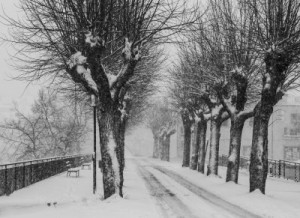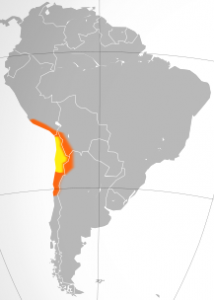
Today, global warming is a trend, but is it accurate?
No.
Our planet is heading into a natural cooling cycle – as a matter of fact, we are entering a Mini-Ice Age.
February 2021 will be one of the best examples of this, so get out your parka and gloves. Prepare to shovel lots of snow off your roof in the higher latitudes.
Head’s Up

There is a BIG winter storm coming this week, and it should cover most of the Northern Hemisphere by the 10th and 11th of February.
We are moving into a mini-Ice Age, and because our magnetic field is weakening, the cold air will start sliding down from the North Pole and cover the continents in the Northern Hemisphere. Ice will form on the continents, forming new glaciers as opposed to forming within the waters of the Arctic.
Right now, it’s winter in the Northern Hemisphere, and summer in the Southern Hemisphere, so warm air will travel north from Antarctica. This balances the Earth’s temperature as the north gets colder.
One side of both the Arctic and Antarctic regions will begin to melt, while the “other” side of these polar areas will form thicker ice sheets due to their position to the Sun and a weakening magnetic field.
This winter storm will be a doozy, and again, is an example of the Earth changes of global cooling.
Stay safe and warm. And get your snow shovel out.



